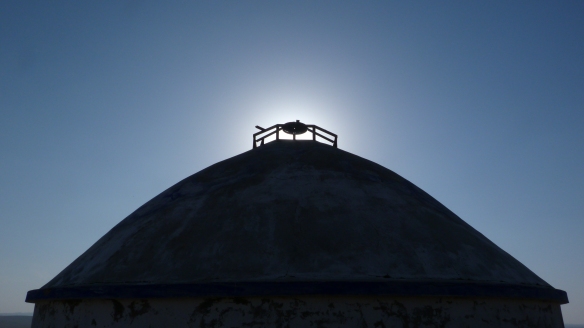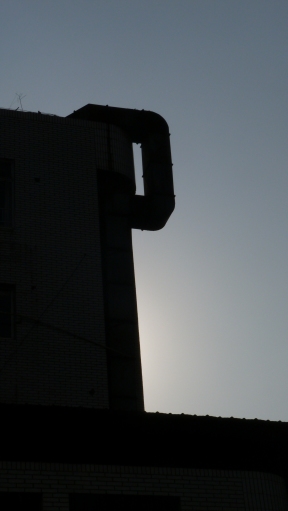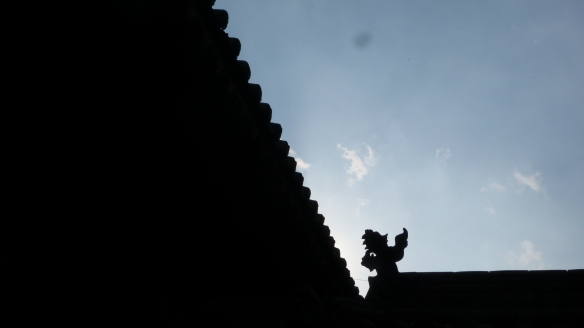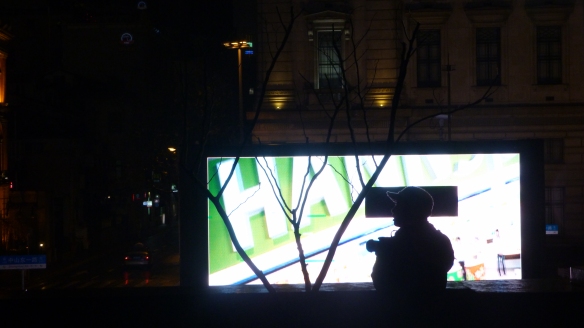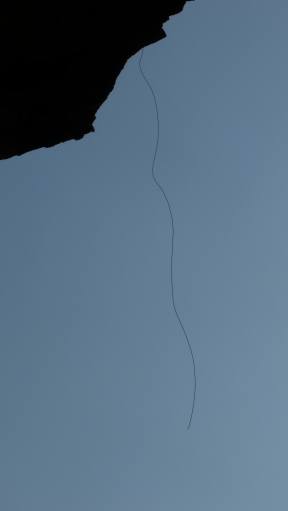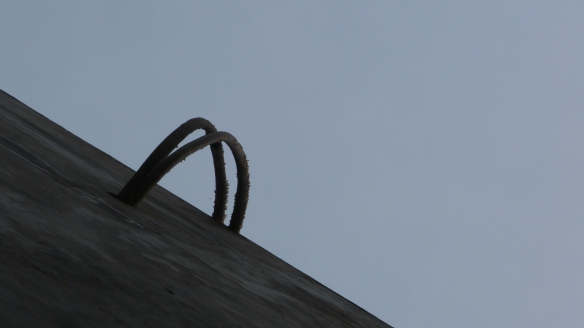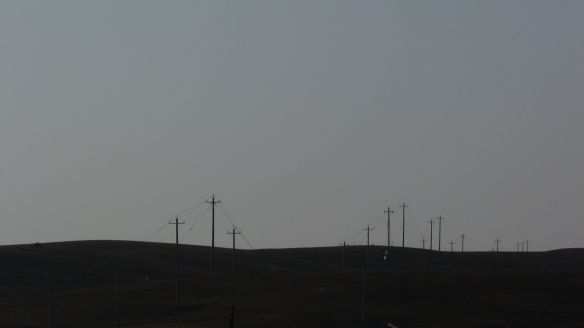Welcome to Photo Series 3: Photography in the Abstract! Last week we looked at Silhouettes Part 1: Humans and Non-Buildings. Today we’re going to look at how buildings and the sky interact in silhouette photography. It might seem strange to talk about the sky (the non-silhouette) in an article about silhouette photography. But, unlike with human silhouettes, building silhouettes are always composed against the sky. Up. The sky is half of the picture.
And the building is the other half. Therefore, I have a small conundrum. I need to examine two independent parts of a photo: the building and the sky. I could judge which part is more important/prototypical for a given photo and then choose that bucket (building or sky) for that photo. 1 photo, 1 bucket. It’s what I’ve done in the past in classifying my photography. Or I could show each photo twice, once by building and then by again sky. Neither option is great. The first ignores a crucial part of each picture and the second is too repetitive. Instead, I’ll classify pictures by building during your scroll down. At the bottom, I’ll tell you a couple defining features of sky. Then you can scroll back up, looking for those features, scavenger hunt style. Sound good? Cool. Again, the question I ask is:
What are the ways you can use silhouettes to take great building photography?
Full Building
Some buildings outlines are just cool.
Towards a Vanishing Point
Classic perspective technique. Big to small. Nice angles.

This old city wall surrounds the world’s first bank. We can see the vanishing point. [Pinyao, China]

Between 1 and 2, lots of space. Between 2 and 3, top circle touches but space still holds. Space between 3 and 4 doesn’t exist. [Guilin, China]
Symmetrical
Buildings are built by humans and we love symmetry.

A flip of the classic building symmetry. The lighting on the building keeps it from true symmetry but I actually like the effect. Side note: Once you get in the groove, it’s amazing how quickly you can take pictures that hit the geometry you’re trying to achieve. See top corners. [Pinyao, China]
Geometric Shapes Combined
Besides skyscrapers, buildings are rarely just a box. Instead, they are the combination of multiple geometric shapes (like tangrams).
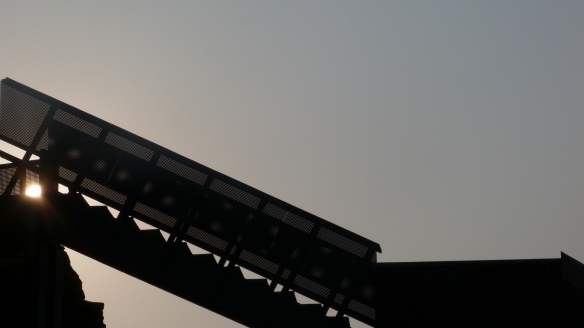
Far right is tangram-y (triangle popping up is key). Stairs are stegosaurus-y. Low left is rocky. Many shapes here. [Macao, China]
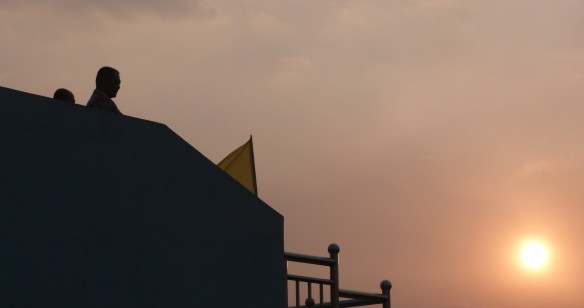
Teacher’s Day. Bottom left has top right corner of an octagon. Triangle flag. Humans break the exacting nature. (See last week for more of this.) [Fenyang, China]
Building Adornment Pop
Cool buildings have cool adornments on their corners. Think gargoyles.

Stadium lights are technically not an adornment but it’s the same general idea. i.e. There’s an object that is interestingly shaped and is therefore the object of the viewer’s attention. Bird is the perfect balancer. [Fenyang, China]
Wireframe
Building silhouettes are usually solid swaths of black (see all categories above). This category contains buildings (or parts of buildings) where this is not the case, where there’s sky inside.
The Sky Is Up
Now that we’re done with classifying building silhouettes, it’s time to scroll back up, looking at the sky rather than the silhouette. But before we do that, I want to say that I especially enjoyed writing today’s article. Structuring the two-featured pictures was probably my most difficult problem thus far in my writing. I think my solution (scroll down, scroll up) is fine, but not great. Wish I had the time to code the webpage such that text appeared different on the way down than on the way up. Alas. Let me know if you liked this system! (Though you will need to scroll back down to do so.)
On your way up, look for varying degrees of sun in the sky. At the most extreme, you can see the full disc of the sun. In pictures with less intense sky, the sun is hidden by some object, making its glow the defining feature of the sky. In the least extreme case, the sun is off camera providing a light-to-dark gradient across the sky. In essence, look for: sun disc, sun glow, sun gradient. Enjoy!



